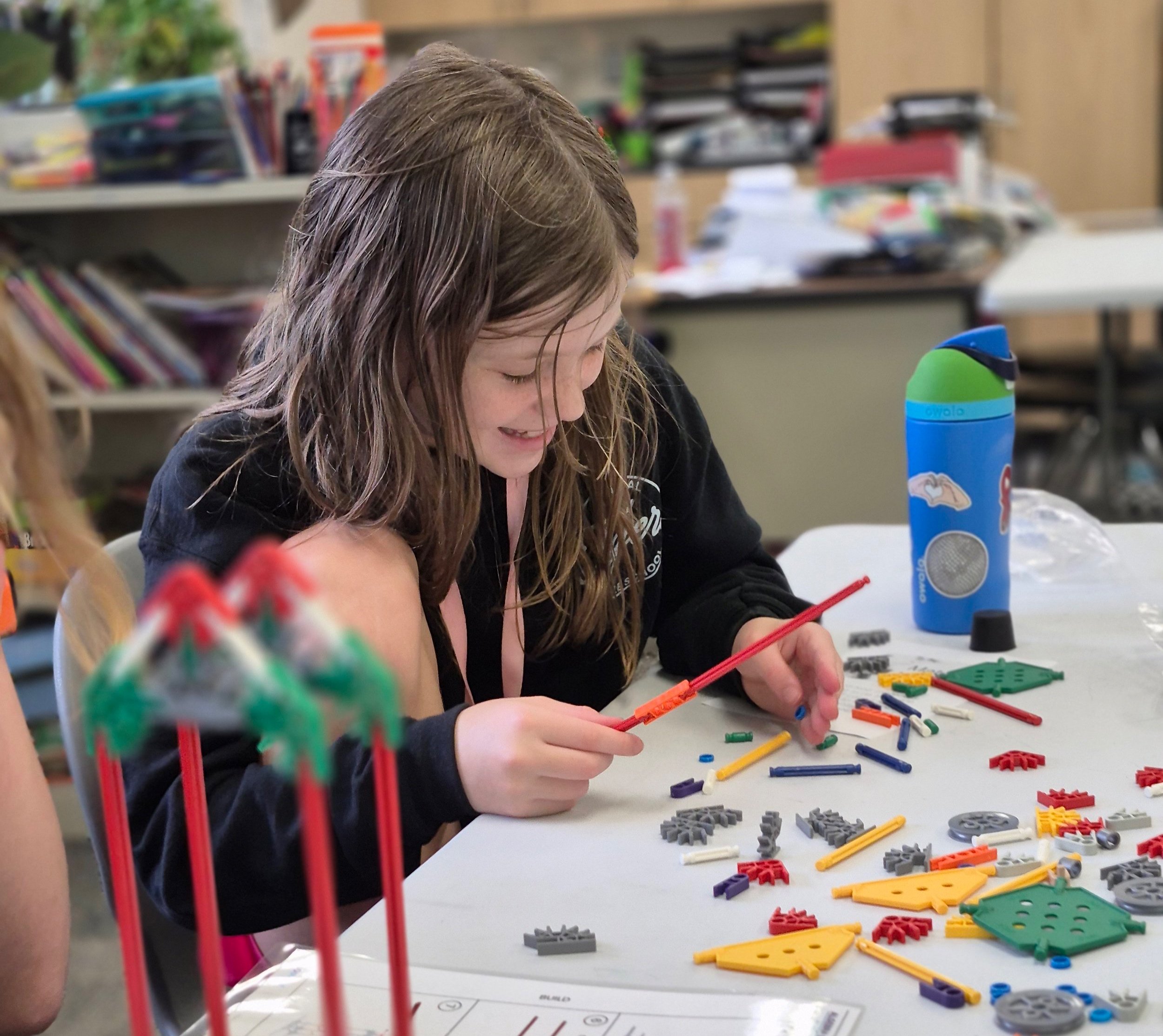Human-Centered Learning in an Age of AI
Hands-on, social math experiences are more urgent than ever
PART 1: MATH LAB
PART 2: STRESSED-OUT KIDS CAN’T LEARN
PART 3: MATH IS A HUMAN SKILL
PART 4: TEACHERS ARE NOT THE PROBLEM
PART 5: WHAT TO DO IN MATH LAB

Stressed-Out Kids Can't Learn
To improve math outcomes, schools can create emotionally safe, collaborative learning environments like Math Lab that counteract the stress, anxiety, and isolation students increasingly face.
Every educator knows that emotional state affects learning. A distracted student struggles to pay attention. An anxious student avoids challenge. A disengaged student goes through the motions. But what if we stopped thinking about these as individual problems and instead saw them as symptoms of a structural gap in how we “do” school?
We are living through a national mental health crisis in schools. The U.S. Surgeon General has declared adolescent mental health a public emergency. Rates of anxiety and depression among young people, already high, skyrocketed since the pandemic, and schools are feeling the effects every day—in attendance, in behavior, and in learning outcomes.
What does this have to do with math instruction? Everything.
Math is one of the most emotionally charged subjects in school. It carries with it a culture of right answers, high stakes, and fixed beliefs about intelligence. It’s also a subject that has become increasingly mediated by screens—personalized practice platforms, auto-scored assessments, and AI-powered feedback. While these tools can support skill-building, they do little to support the developmental, emotional, and social needs of students. In fact, they often reinforce isolation and passivity.
Meanwhile, cognitive science is clear: people in stress cannot learn effectively. When students feel overwhelmed, threatened, or unseen, the parts of the brain responsible for reasoning and working memory go offline. Stress physiology takes over. The result is not just emotional shutdown—but academic underperformance.

This is where Math Lab comes in.
By carving out 1–2 hours per week for collaborative, hands-on, real-world math experiences, schools can offer students something profoundly important: a safe, engaging space where math feels active, social, and meaningful.
In Math Lab, students don’t just sit and solve; they move, build, discuss, and create. They experience math as a process of sense-making, not just answer-getting. They take ownership of ideas. They try, fail, and try again—with peers by their side.
This kind of learning environment has protective mental health benefits. It fosters a sense of belonging. It helps students reconnect with their curiosity. And it replaces fear with agency.
When students feel connected and competent in math, everything changes. Research shows that positive math experiences in elementary and middle school predict not only better academic outcomes, but greater long-term confidence and persistence in STEM. On the flip side, negative math experiences—especially those marked by anxiety or repeated failure—can have long-lasting consequences.
But here’s the good news: math doesn’t have to feel that way.
The stress many students associate with math is not inherent to the subject—it’s a result of how we structure math class. When every moment is focused on speed, accuracy, and testing, there’s no room for exploration, discussion, or joy. When learning is reduced to clicking the right answer on a screen, students lose the chance to think deeply or connect socially.
Math Lab changes that structure. It’s not remediation, and it’s not just fun. It’s a 3rd dimension of math instruction—alongside core teaching and skill practice—that explicitly supports students’ cognitive, social, and emotional development.
And it’s not just good for students. Teachers benefit, too.
Many teachers experience burnout in part because they don’t get to see the joy of learning. They’re under pressure to cover content and monitor data, but they rarely get to witness students being inventive, collaborative, or self-directed. In Math Lab, they do. Teachers consistently tell us that it’s their favorite hour of the week—the time when they remember why they love teaching math.
For district leaders, this represents an opportunity. You don’t need a new curriculum. You don’t need to swap out your current tech tools. You need to make space—a regular, scheduled time—for applied math experiences. The kind that research shows improves engagement, deepens understanding, and supports student well-being.
In an era of AI and automation, where algorithms can solve routine problems in milliseconds, what students need most is the human experience of doing math—together.

These experiences lower stress. They increase resilience. And they build a foundation for lifelong learning—not just in math, but in how students see themselves as thinkers.
If we want to respond to the mental health needs of this generation—and we must—then math instruction has to change.
Not because math is broken. But because math, when taught differently, can be one of the most powerful tools we have for helping students feel capable, connected, and calm.
Math Lab is not a luxury. It’s not an “extra.” It’s a structural solution to a structural problem. We don’t need more stress. We don’t need more screens. We need space for students to feel, think, build, and belong.
